Advancements in Mobile Technology
Advancements in mobile technology are transforming the farm management-software market in Europe. With the proliferation of smartphones and tablets, farmers are increasingly utilizing mobile applications to manage their operations on-the-go. This shift allows for real-time monitoring of crops, livestock, and equipment, enhancing operational efficiency. Recent surveys indicate that nearly 60% of farmers in Europe prefer mobile solutions for their accessibility and convenience. Consequently, software developers are prioritizing mobile-friendly interfaces and functionalities, which may lead to a significant increase in user engagement and satisfaction within the farm management-software market.
Government Initiatives and Subsidies
Government initiatives and subsidies significantly influence the farm management-software market in Europe. Various European governments are actively promoting the adoption of digital technologies in agriculture to enhance efficiency and sustainability. For instance, the European Union has allocated substantial funding to support farmers in integrating advanced software solutions into their operations. Reports suggest that these initiatives could lead to a 25% increase in software adoption among farmers by 2027. Such financial incentives not only encourage farmers to invest in farm management software but also stimulate innovation within the industry, fostering a more robust market environment.
Growing Focus on Supply Chain Transparency
the farm management software market in Europe is increasingly shaped by a growing focus on supply chain transparency. Consumers are demanding more information about the origins of their food, prompting farmers to adopt software solutions that enhance traceability and accountability. This trend is particularly evident in the organic and sustainable farming sectors, where compliance with stringent regulations is paramount. As a result, software providers are developing features that allow farmers to track and report their practices, potentially increasing market competitiveness. It is estimated that the demand for transparency-related software features could drive a 15% growth in the farm management-software market over the next few years.
Increased Collaboration Among Stakeholders
Increased collaboration among stakeholders is emerging as a vital driver in the farm management-software market in Europe. Farmers, agronomists, and technology providers are forming partnerships to create integrated solutions that address specific agricultural challenges. This collaborative approach fosters innovation and ensures that software solutions are tailored to meet the diverse needs of the agricultural community. Reports suggest that such collaborations could enhance the effectiveness of farm management software, potentially leading to a 20% increase in user adoption rates. As stakeholders work together, the farm management-software market is likely to witness a more dynamic and responsive environment.
Rising Demand for Data-Driven Decision Making
the farm management software market in Europe experiences a notable surge in demand for data-driven decision-making tools. Farmers increasingly recognize the value of data analytics in optimizing crop yields and resource allocation. According to recent studies, approximately 70% of European farmers express a desire for software solutions that provide actionable insights based on real-time data. This trend indicates a shift towards more informed agricultural practices, where data analytics plays a crucial role in enhancing productivity and profitability. As a result, software providers are focusing on developing advanced analytics features, which could potentially lead to a more competitive landscape in the farm management-software market.


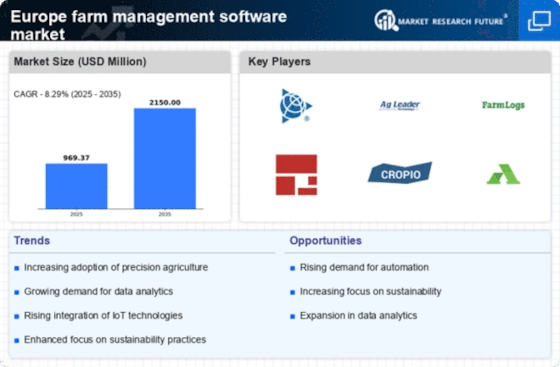

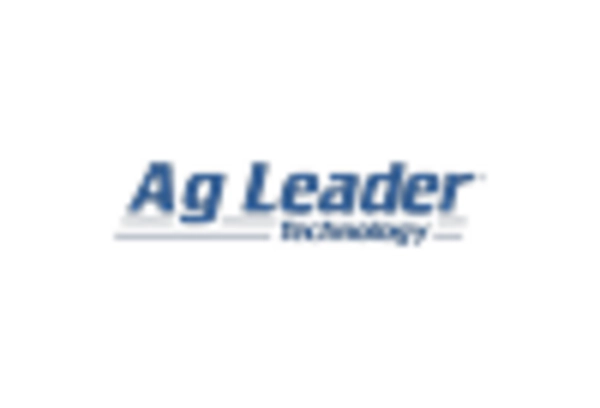
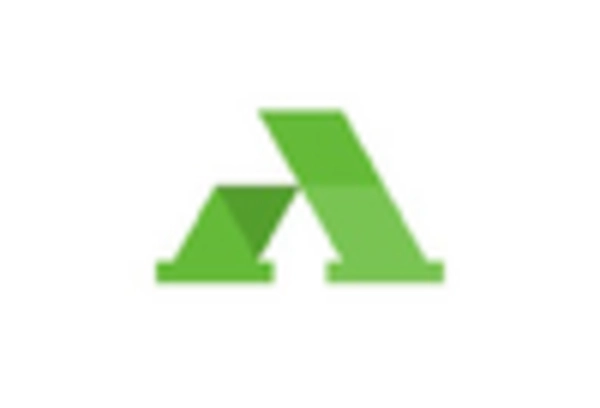

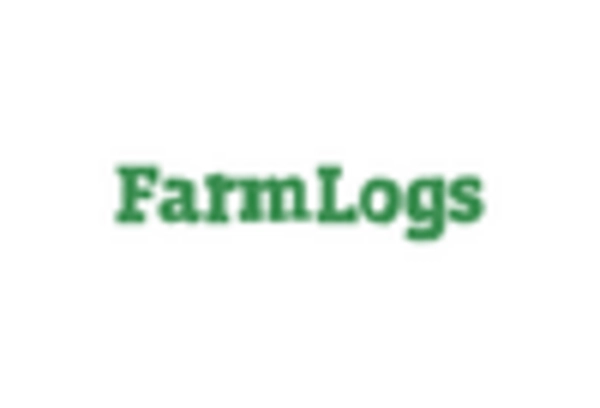
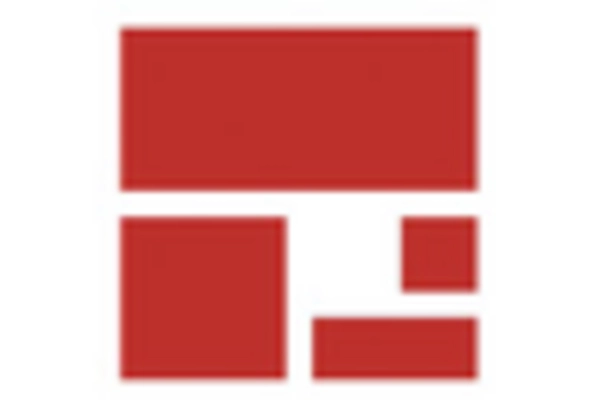









Leave a Comment